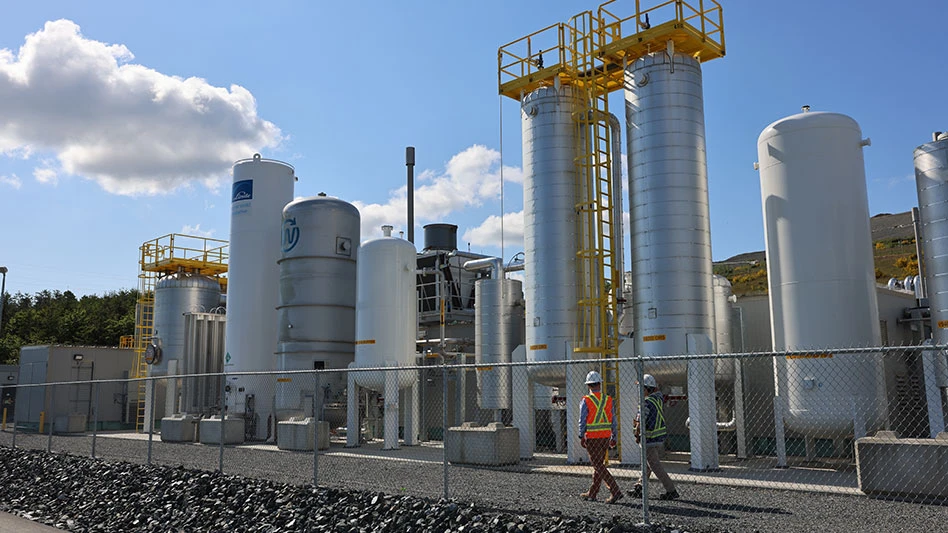
The U.S. Environmental Protection Agency (EPA) announced Dec. 11 that it is celebrating the 40th anniversary of the passage of the Comprehensive Environmental Response, Compensation and Liability Act (CERCLA)—commonly known as Superfund. Enacted on Dec. 11, 1980, Superfund authorized the nation’s signature land contamination cleanup program.
"In honor of Superfund's 40th anniversary and EPA's 50th anniversary this month, we're taking this opportunity to look back on the events that spurred the program's creation and its evolution," EPA Administrator Andrew Wheeler says.
During the last four years, EPA has deleted all or part of 82 sites from the Superfund National Priorities List (NPL), the same number of deletions in the eight years prior. In 2020, the agency deleted all or part of 27 sites from the NPL. This marks the third year in a row that EPA has deleted a historically high number of Superfund sites.
“The Superfund program has been a cornerstone in EPA’s mission to protect human health and the environment during the past 40 years,” EPA Assistant Administrator Peter Wright says. “During the past four years, we have emphasized the importance that accelerating and completing Superfund remedial work has on increasing the quality of life and revitalizing communities, and we celebrate the amazing work of our emergency responders who have tirelessly aided the recovery effort in communities impacted by natural disasters and releases.”
In honor of the 40th anniversary milestone, EPA put together an online archive of photos and videos dating back to the 1970s showing the nation's awakening to the public health crisis caused by land contamination.
Beginning with the discovery that homes were built upon an industrial dump site at Love Canal in Niagara Falls, New York, the nation turned its attention to the need to better manage hazardous waste, which led to the creation of the Superfund program. Since this time, the Superfund program has cleaned up thousands of sites across the country. Today, the Superfund program continues to build on the improvements made through the decades to clean up the nation’s most contaminated sites, improve public health and the environment and revitalize communities.
Cleaning up Superfund sites has helped communities turn abandoned, contaminated industrial sites into parks, landfills into solar farms, and former smelters into health clinics, many of which are located in vulnerable, low-income and minority communities.
Other advancements during the last four years include the creation and utilization of the Administrator's Emphasis List, which is a tool for promoting more timely and effective cleanups. Since its creation in 2017, 20 sites have been removed from the list after achieving milestones that furthered site cleanup or solved issues slowing the pace of progress at a site. With the most recent Administrator's Emphasis List update, there are a total of 14 Superfund sites and one project currently on the list.
In addition, EPA's Superfund Task Force , commissioned on May 22, 2017, brought together EPA’s career staff and leaders to review the program and implement process improvements to more efficiently and effectively remediate Superfund sites and to accelerate the path to redevelopment and safe, productive reuse. EPA says it continues to institutionalize these improvements while identifying and implementing new opportunities and approaches for further program refinement.
Latest from Waste Today
- WasteExpo 2025: The opportunities and challenges of integrating AI in the waste industry
- Casella drivers honored by NWRA
- Bioenergy Devco rebrands
- Ecogensus acquires 2 recycling facilities
- Routeware celebrates 25 years of innovation
- Montana city approves compost facility improvements
- Willows offer a nature-based solution to reducing leachate volumes
- REI outdoors retailer hits zero waste target





